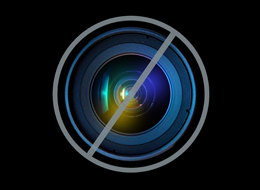 In 1990, at the age of 11, I stood in a line of sixth graders outside an imposing converted armory on Manhattan’s Upper East Side, nervously anticipating a test that would change my life. I was hoping to gain entrance to Hunter College High School, a public magnet school that runs from grades seven through twelve and admits students from all five boroughs. Each year, between 3,000 and 4,000 students citywide score high enough on their fifth-grade standardized tests to qualify to take Hunter’s entrance exam in the sixth grade; ultimately, only 185 will be offered admission. (About forty-five students, all from Manhattan, test into Hunter Elementary School in the first grade and automatically gain entrance to the high school.)
In 1990, at the age of 11, I stood in a line of sixth graders outside an imposing converted armory on Manhattan’s Upper East Side, nervously anticipating a test that would change my life. I was hoping to gain entrance to Hunter College High School, a public magnet school that runs from grades seven through twelve and admits students from all five boroughs. Each year, between 3,000 and 4,000 students citywide score high enough on their fifth-grade standardized tests to qualify to take Hunter’s entrance exam in the sixth grade; ultimately, only 185 will be offered admission. (About forty-five students, all from Manhattan, test into Hunter Elementary School in the first grade and automatically gain entrance to the high school.)I was one of the lucky ones who made it through, and my experience there transformed me. It was at Hunter that I absorbed the open-minded, self-assured cosmopolitanism that is the guiding ethos of the current American ruling class. What animates the school is a collective delight in the talent and energy of its students and a general feeling of earned superiority. In 1982 a Hunter alumnus profiled the school in a New York magazine article called “The Joyful Elite” and identified its “most singular trait” as the “exuberantly smug loyalty of its students.”


















